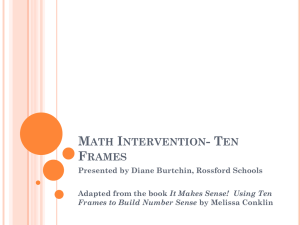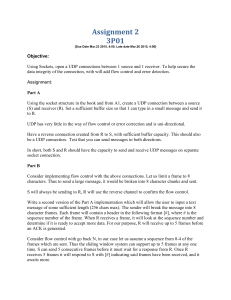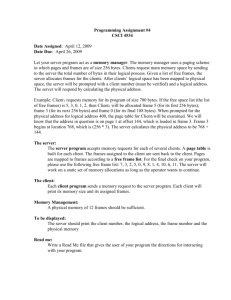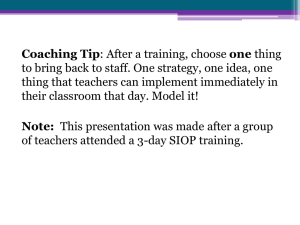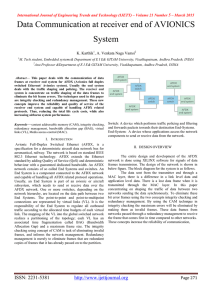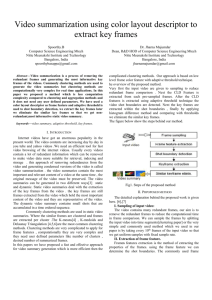Frame number 2
advertisement
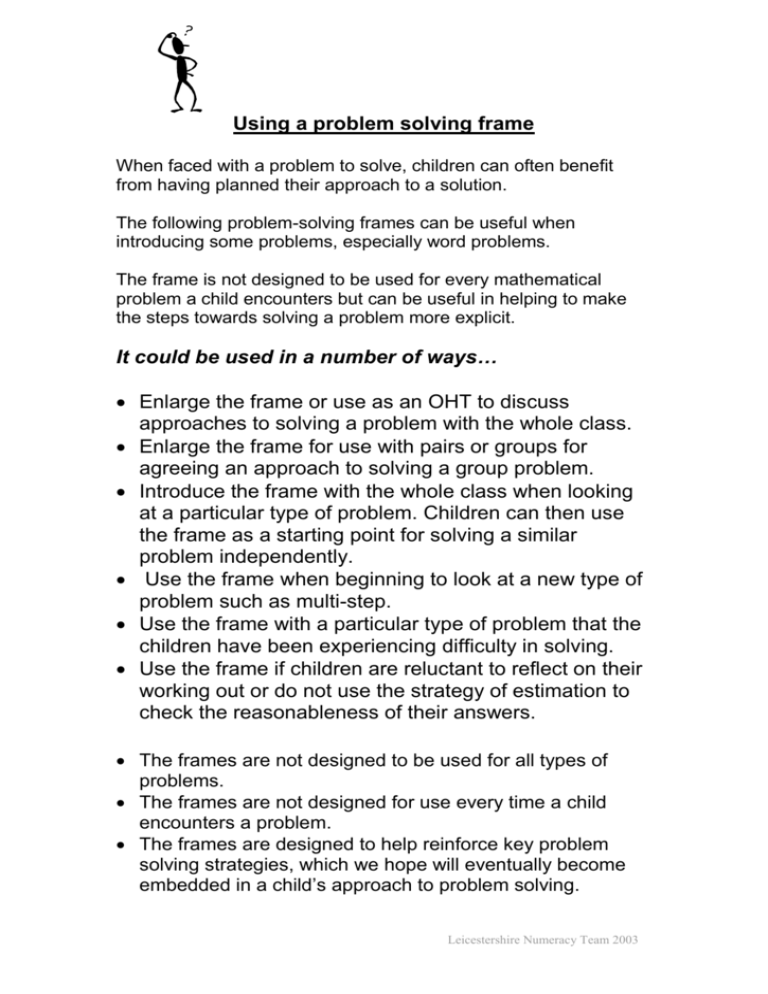
Using a problem solving frame When faced with a problem to solve, children can often benefit from having planned their approach to a solution. The following problem-solving frames can be useful when introducing some problems, especially word problems. The frame is not designed to be used for every mathematical problem a child encounters but can be useful in helping to make the steps towards solving a problem more explicit. It could be used in a number of ways… Enlarge the frame or use as an OHT to discuss approaches to solving a problem with the whole class. Enlarge the frame for use with pairs or groups for agreeing an approach to solving a group problem. Introduce the frame with the whole class when looking at a particular type of problem. Children can then use the frame as a starting point for solving a similar problem independently. Use the frame when beginning to look at a new type of problem such as multi-step. Use the frame with a particular type of problem that the children have been experiencing difficulty in solving. Use the frame if children are reluctant to reflect on their working out or do not use the strategy of estimation to check the reasonableness of their answers. The frames are not designed to be used for all types of problems. The frames are not designed for use every time a child encounters a problem. The frames are designed to help reinforce key problem solving strategies, which we hope will eventually become embedded in a child’s approach to problem solving. Leicestershire Numeracy Team 2003 The frames. (The frames are numbered in the top left hand corner) Frame number one This frame is designed for use with simple addition and subtraction problems. It does not contain the option of selecting whether it is a single or multi step problem and does not include reference to the checking strategies. It does contain space for estimation which can either be filled in by the children, or numbers can be put in the boxes by the teacher prior to copying and the children can select one of the teacher choices. Frame number 2 This frame is similar to frame number 2 in that it involves all four operations. It does not however, contain reference to checking strategies or multi step problems. Frame number 3 See teacher notes on completing a frame. It is at the teacher’s discretion as to which frame would be most suitable for their class. Teacher Notes on using the pro-forma TyT the problem into this box prior to copying for the children. Insert Leicestershire Numeracy Team 2003 This problem is asking me to find out… Get the children to write what the problem is actually asking them to do in this box. Focus on turning the problem into child friendly language. This box can then be referred back to when the children are reflecting on whether or not they have actually solved the problem. + Key words I estimate the answer to be - This problem has One step Two steps × More than 2 steps ÷ My working out Tick the operations that will be needed to solve the problem. Ask the children to write in any key words from the question, or write in the key words prior to copying. Ask the children to write a sensible estimate in this box. This can then be referred back to when children are checking the reasonableness of their answers. Establish whether the problem requires one, two or more than two operations to be carried out. In this box the children show their working out. It is blank so that children can use pictures, tallies, number lines, tables, charts and diagrams to help structure their thinking. My final answer is The children write their final answer in this box. It should be at this point that they check that their answer is in the correct units and that they have actually answered the question. They should be encouraged at this point to refer back to their estimates and what they have written in their “What is this problem asking me to do” box. Have I checked I have Carried out all the steps Used the correct operation(s) Checked my answer is reasonable using my estimate Found all the possible answers? Answered the question These tick boxes should be used as a reminder to children to check their work. As children become more experienced problem solvers it is anticipated that these checking strategies will become embedded in their practice. Leicestershire Numeracy Team 2003




